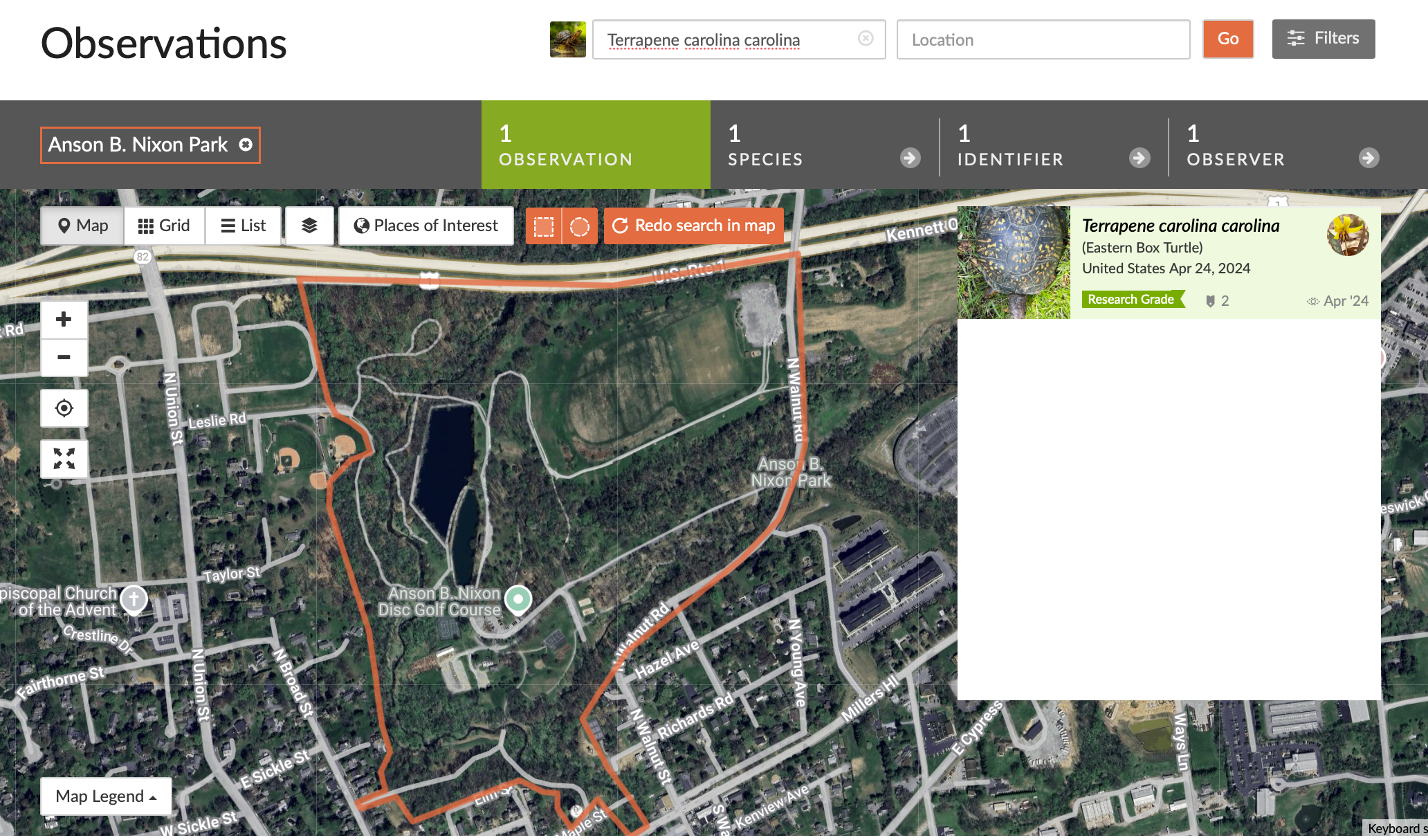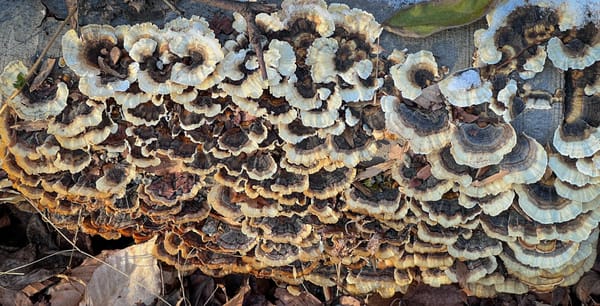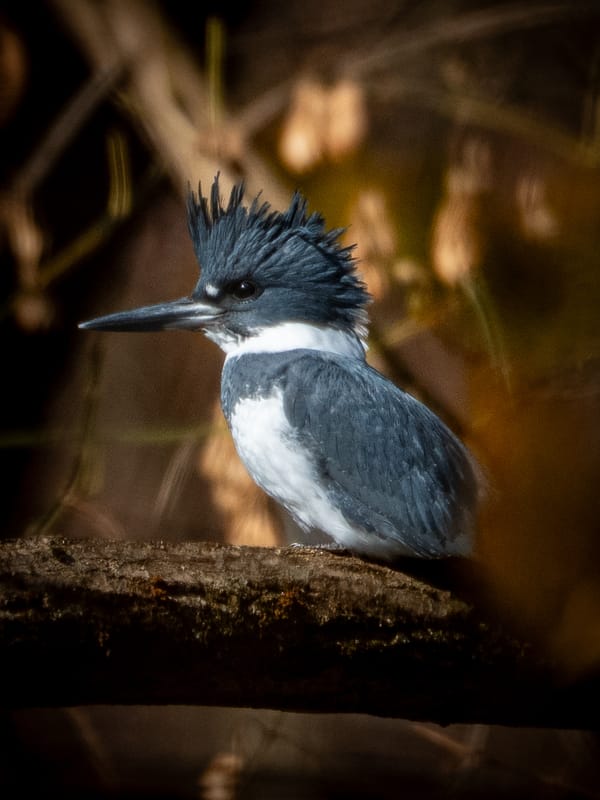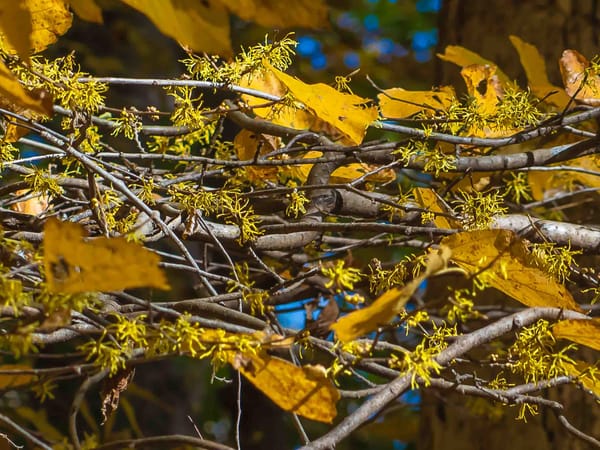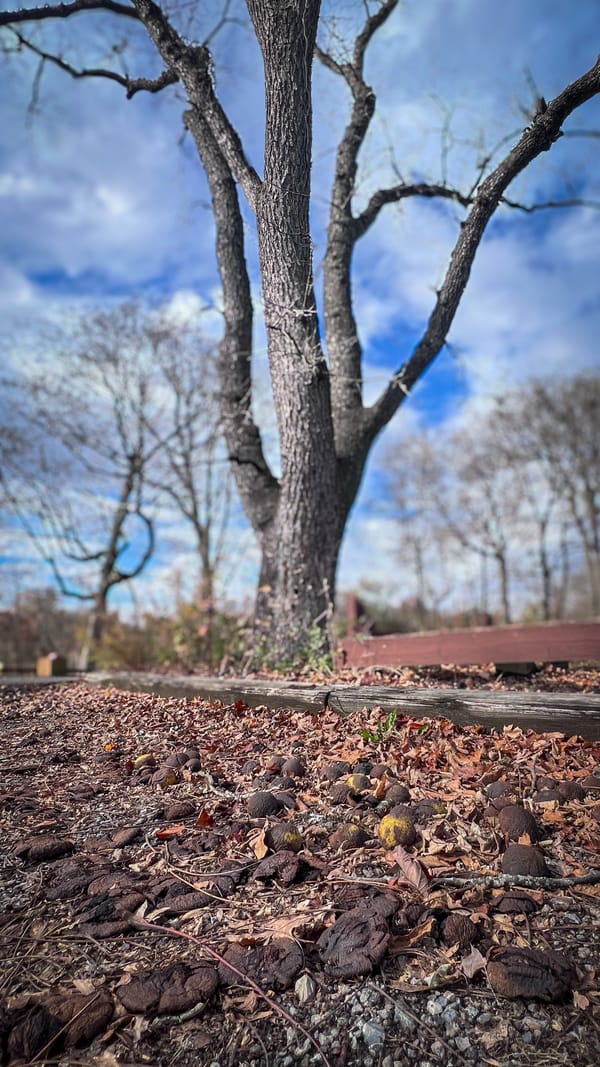Eastern Box Turtle
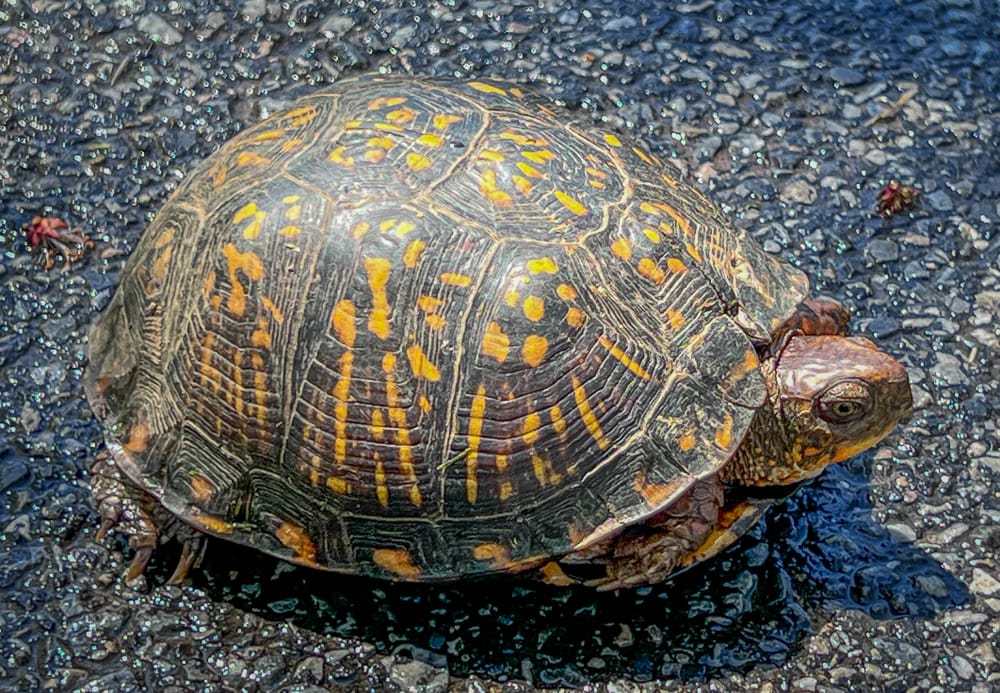
This is the fifth and final species profile in the turtle series, here's the first entry that discusses things common to all the turtles at the park with links to the other profiles.
I've only seen one eastern box turtle (Terrapene carolina carolina) at Nixon Park, and it's the only species of land-dwelling turtle I've spotted there. When I was a kid exploring the woods I used to find these turtles all the time. I even took some home as pets. Since then their numbers have declined steeply, knowing what I know now I understand I shouldn't have disturbed them, and it definitely wouldn't happen now.
There are a number of serious problems challenging eastern box turtles. Designated as the state reptile of Pennsylvania they are a "Species of Greatest Conservation Need" in Pennsylvania and are also on an international trade watch list. A recent study conducted in Southeastern Pennsylvania indicates a 70% decline over the past 40 years.
The greatest challenge is habitat loss and fragmentation, followed by mortality from vehicle strikes, and poaching. Box turtle populations are difficult to re-establish because individuals typically need to survive for five to ten years or longer before reaching reproductive maturity. The effect of agriculture, disease outbreaks, climate change, and the increased presence of predators in altered landscapes add further complications to an already dire situation.
In Pennsylvania capturing, possessing, or selling box turtles is illegal and disturbing nests or taking eggs is prohibited. Violations can result in substantial fines.
If you come across a box turtle do not disturb it by picking it up or displacing it unless it is in a roadway. Then, and only then, move the turtle to the closest safe area in the direction it was heading. Moving box turtles can do them great harm. They have strong homing instincts and familiarity with essential resources like food, water, shelter, mates, and hibernation sites within their established territory.
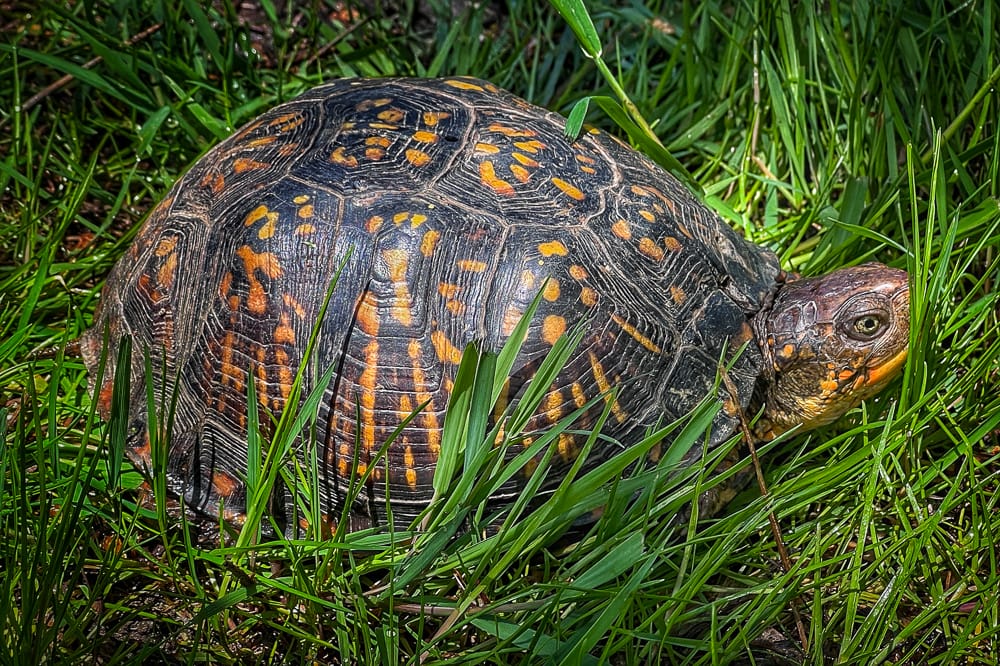
The Eastern Box Turtle can completely enclose its head and limbs within its shell and close it's hinged plastron, this defense against predators. This is why it's called a "box" turtle.
Adults measure four and a half to six and a half inches long. Brown or black with a pattern of yellow, orange, or sometimes red lines, spots, or blotches on the shell aid in camouflage among leaf litter. They have a distinctly hooked upper jaw.
Males have a concave plastron for mating, thicker and longer tails, more brightly colored heads and forelimbs, and shorter, thicker, more curved claws on their hind feet. Males irises may have red or orange while females are usually yellowish-brown.
Eastern box turtles commonly live thirty to fifty years in the wild. There are documented ages of well over fifty years, and some lifespans approaching or exceeding one hundred years.
Mating can happen from spring through fall. Males circle, the female's shell, shoving, and sometimes biting. They hook their hind feet onto the rear of the female's carapace to mate.
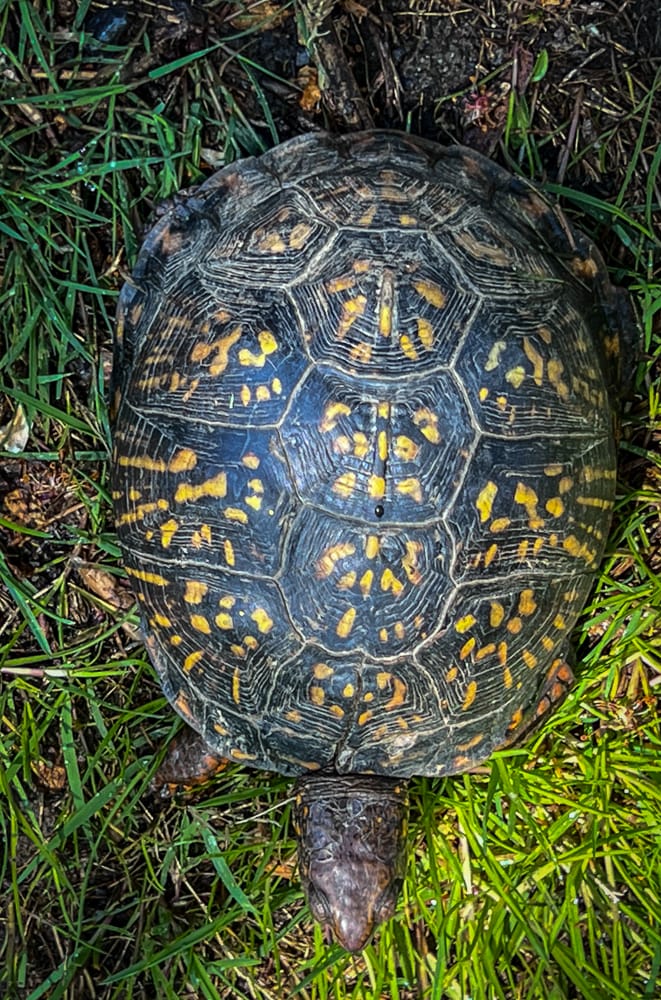
Females can lay multiple clutches in a season. Nests are dug in well-drained, sunny locations with loose, sandy, or loamy soil and usually hold three to eight eggs per clutch. Incubation takes seventy to ninety days and hatchlings emerge in late summer or early fall. If eggs are laid late hatchlings may overwinter and emerge the following spring.
A hatchling's flatter carapace is one to one and a half inches in length and the hinge on the plastron does not close. They may have a single yellowish spot on each large scute of their carapace and may be more brightly colored than adults.
Eastern Box Turtles spend most of their lives on solid ground but will soak in shallow water or mud during hot weather. Like many turtles they are omnivorous.
The eastern box turtle is one of several recognized subspecies are found throughout the eastern and central United States, from southern Maine and Michigan south to Florida, and west to eastern Texas and southeastern Kansas.
